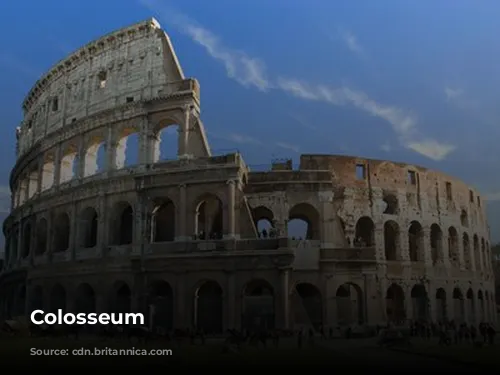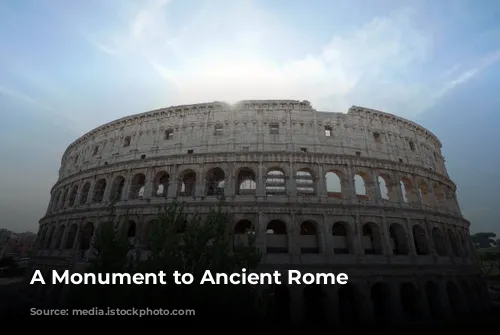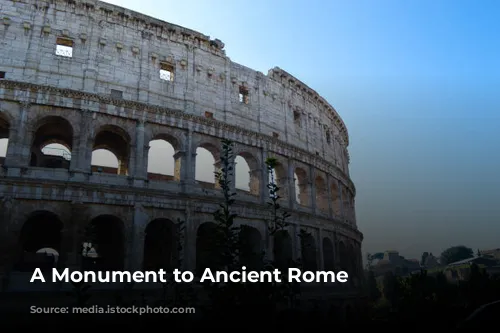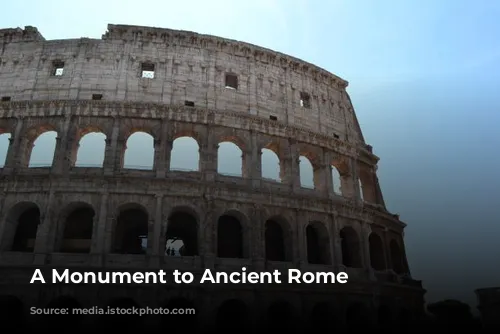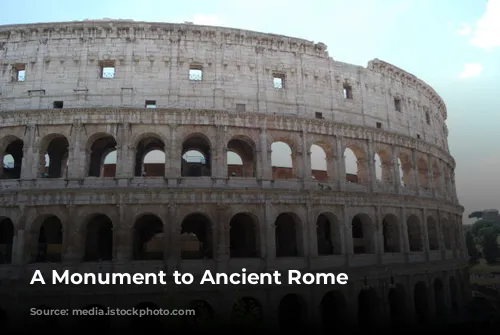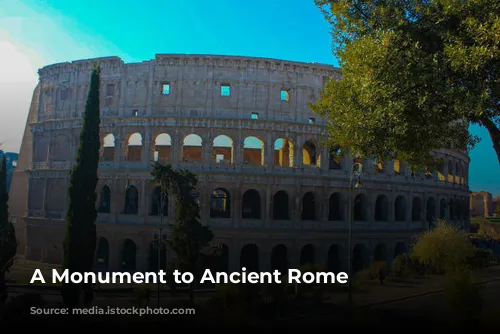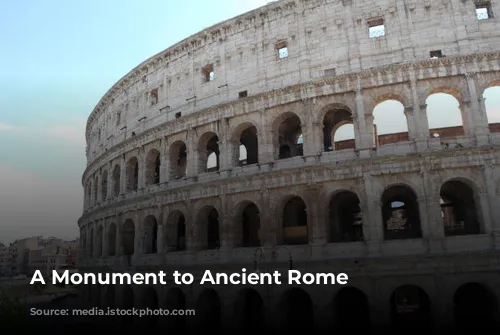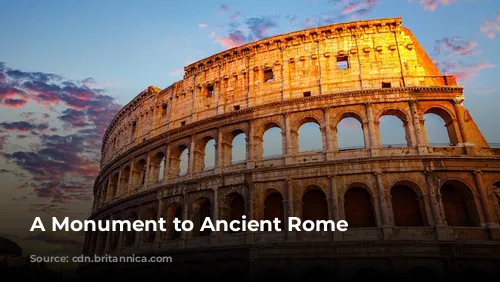Standing as one of the few largely untouched structures from the Roman Empire, the Colosseum serves as a testament to the architectural and engineering brilliance of ancient Rome. It is a significant contributor to Italy’s economy, attracting hordes of tourists every year. In 2018 alone, the Colosseum, Roman Forum, and Palatine Hill collectively generated over $63.3 million (€53.8 million), making it the most lucrative tourist attraction in Italy.
The Colosseum has endured a long and tumultuous history, with its grandeur gradually fading after the fall of the Western Roman Empire. During the 12th century, the Frangipane and Annibaldi families turned the once-majestic arena into their fortress, stripping it of its former glory. This trend continued in the late 15th century when Pope Alexander VI allowed the Colosseum to be used as a quarry, further diminishing its magnificence. After over a thousand years of neglect, the Italian government initiated restoration efforts in the 1990s, breathing new life into this ancient marvel.
A Symbol of Imperial Power
The construction of the Colosseum was a grand undertaking, commissioned by the Roman emperor Vespasian in the year 70 CE. Vespasian aimed to revitalize Rome after the chaotic year of the four emperors (69 CE). Similar to other amphitheatres, the Colosseum was designed to be a venue for public entertainment, hosting thrilling gladiator fights, animal hunts, and even mock naval battles.
The Colosseum’s construction commenced under Vespasian between 70 and 72 CE, and it was officially dedicated in 80 CE by his son and successor, Titus. The fourth story was added by Domitian in 82 CE, completing the structure’s imposing presence. Interestingly, the funds for this monumental project were derived from the spoils of war, specifically from Titus’s conquest of Jerusalem in 70 CE. It is a sobering reminder that the Colosseum was built with the labor of enslaved Jews from Judaea.
A Majestic Structure
The Colosseum, also known as the Flavian Amphitheatre, is an elliptical structure composed of stone, concrete, and tuff, towering four stories high. It measures a staggering 620 by 513 feet (189 by 156 meters), with a capacity to accommodate a crowd of 50,000 spectators. Its primary purpose was gladiatorial combat, a spectacle that captivated the Roman populace.
The Colosseum stands as a testament to Roman engineering prowess, its location east of the Palatine Hill, on the grounds of Nero’s Golden House, holding symbolic significance. The artificial lake, once the centerpiece of Nero’s palace, was drained to make way for the Colosseum, a public arena in stark contrast to the tyrannical emperor’s private sanctuary. This decision, driven by practicality and symbolism, represented a shift from imperial extravagance to public engagement.
A Masterpiece of Engineering
Unlike earlier amphitheatres, which relied on natural hillsides for support, the Colosseum stands as a freestanding structure, showcasing the ingenuity of Roman engineering. Its imposing size, measuring 620 by 513 feet (189 by 156 meters), is achieved through a complex system of barrel vaults and groin vaults. The Colosseum’s facade features three stories adorned with arcades framed by engaged columns, following the Doric, Ionic, and Corinthian orders, showcasing a harmonious progression of architectural styles. This arrangement of columns became a fundamental principle of Renaissance architecture. The construction materials used in the Colosseum reflect the Romans’ understanding of building techniques: travertine for the main structural framework and facade, volcanic tufa for the secondary walls, and concrete for the inner bowl and arcade vaults.
The Colosseum’s design considered the comfort of its massive audience. A retractable velarium (awning) protected spectators from the sun, its immense structure supported by masts extending from corbels built into the top story. Hundreds of Roman sailors were employed to manipulate the rigging, ensuring that the awning could be extended and retracted with precision. The Colosseum was the stage for a wide range of spectacles, including gladiatorial combat, contests between men and animals, and grand mock naval engagements. While the Colosseum’s role in the martyrdom of early Christians remains uncertain, its historical significance as a venue for entertainment and political propaganda is undeniable.
A Legacy Enduring Through Time
The Colosseum’s history extends beyond its ancient grandeur. In medieval times, it was repurposed as a church, later becoming a fortress for the powerful Frangipane and Annibaldi families. Sadly, the Colosseum’s majesty suffered from the ravages of time, facing damage from lightning, earthquakes, vandalism, and pollution. The once-ornate marble seats and decorative materials were stripped away, leaving the Colosseum a quarry for over a thousand years.
In the 19th century, efforts to preserve the Colosseum gained momentum, led by Pius VIII, and a major restoration project commenced in the 1990s. Today, the Colosseum stands as one of Rome’s most prized tourist attractions, welcoming millions of visitors each year. It continues to serve as a window into the past, with regularly changing exhibitions showcasing the rich culture of ancient Rome. The Colosseum stands as a testament to the enduring legacy of the Roman Empire, a timeless monument that continues to captivate and inspire generations.


